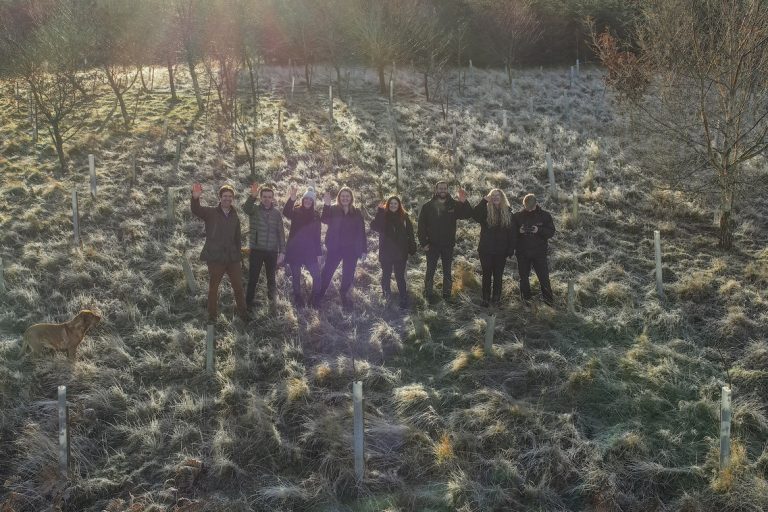CARBON and biodiversity offsetting solution pioneer, CSX, has announced the donation of 0.15 tCO2e of woodland carbon to AtkinsRéalis, a renowned infrastructure consulting firm, following their recent successful decarbonisation event in Leeds. The donation aims to offset the event’s environmental impact, reinforcing the two companies’ joint commitment to sustainability and carbon neutrality. The offset stems from Haithwaite on the Barningham Estate, one of CSX’s longest-running woodland projects, located in North Yorkshire. With its roots dating back to 2012, Haithwaite has been carefully designed under the UK Forestry Standard to enhance biodiversity, improve water quality, and sequester carbon. Megan Russell, CSX’s quality assurance and compliance lead, said: “We’re pleased to support AtkinsRéalis by offsetting the carbon footprint of their recent event. The Haithwaite woodland project is a great example of how local, nature-based solutions can contribute to carbon reduction while benefiting the surrounding ecosystem. “By providing 0.15 tCO2e carbon offset, we’re helping to ensure that businesses such as AtkinsRéalis can meet their environmental goals while caring for local communities, and we’re proud to be part of this effort.” AtkinsRéalis’ decarbonisation event gathered industry leaders, graduates, and sustainability advocates to discuss pathways to meet the UK’s ambitious net-zero targets. To ensure the event remained carbon-neutral, AtkinsRéalis partnered with CSX, whose expertise calculated the event’s carbon footprint factoring in energy use, catering, and travel. The result: 0.15 tCO2e offset through a localised, nature-based solution. The Haithwaite woodland, comprising over 25,000 trees and spanning 22 hectares, serves as a vital link between neighbouring woodlands, supporting biodiversity and enhancing the regional ecosystem. The project’s ongoing carbon monitoring, supported by CSX’s innovative technologies, ensures the accuracy and integrity of its offsets. Janine Danneker, regional director at AtkinsRéalis, said: “We are thrilled to collaborate with CSX on this initiative. Their expertise in carbon offsetting and commitment to sustainability aligns perfectly with our goals. The Haithwaite woodland project not only offsets our event’s carbon footprint but also contributes to the local ecosystem, making it a win-win for both the environment and the community.” To celebrate the collaboration, CSX has recently invited AtkinsRéalis to visit the Haithwaite site, providing an opportunity to witness first-hand the tangible benefits of the woodland project. This initiative underscores CSX’s mission to integrate businesses with nature-based solutions, encouraging relationships that contribute to net-zero ambitions and our planet’s health. As industries accelerate their decarbonisation efforts, CSX remains at the forefront of developing trusted carbon and biodiversity markets. This partnership with AtkinsRéalis is a testament to the momentum building in the UK and beyond, as organisations come together to champion innovative, sustainable solutions. For more information about CSX’s work, visit: www.csxcarbon.com. Building, Design & Construction Magazine | The Choice of Industry Professionals







